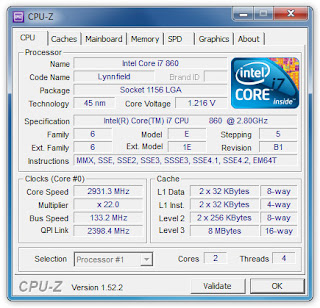Notepad++ is a free (as in "free speech" and also as in "free beer") source code editor and Notepad replacement that supports several languages. Running in the MS Windows environment, its use is governed by GPLLicense.
Based on the powerful editing component Scintilla, Notepad++ is written in C++ and uses pure Win32 API and STL which ensures a higher execution speed and smaller program size. By optimizing as many routines as possible without losing user friendliness, Notepad++ is trying to reduce the world carbon dioxide emissions. When using less CPU power, the PC can throttle down and reduce power consumption, resulting in a greener environment.
Notepad++ v6.1.4 enhancement and fixed bugs:
- Fix a crash issue of Windows 8's Computer Manager due to Notepad++'s Shell Extension (Explorer's context menu).
- Work around for a right click issue (crashing on right click) in Windows Explorer in all versions of Win 7 and Vista. Issue was caused by a conflict among Shell Extension (Explorer's context menu) of Symantec Antivirus, Net iD component and Notepad++.
- Fix a regression in clickable link feature.
- Add "reload from disk" command entry in tab context menu.
Included plugins (Unicode)
- Spell Checker v1.3.3
- NppFTP 0.24.1
- NppExport v0.2.8
- Plugin Manager 1.0.8
- Converter 3.0
- Notepad++ Installer : Take this one if you have no idea which one you should take.
- Notepad++ zip package : Don't want to use installer? Check this one (zip format).
- Notepad++ 7z package : Don't want to use installer? 7z format.
- Notepad++ minimalist package : No theme, no plugin, no updater, quick download and play directly. 7z format.
- SHA-1 digests for binary packages : Check it if you're paranoid.
- Notepad++ source code : The source code of current version.







